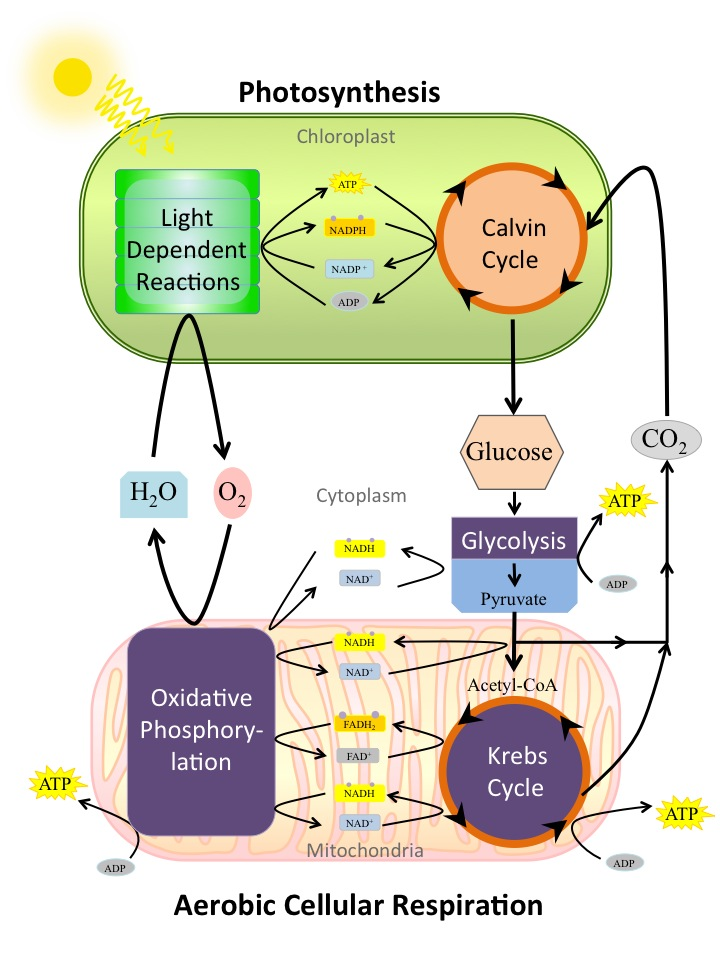X chromosome research is unlocking new potential in understanding and treating genetic diseases like Fragile X Syndrome and Rett Syndrome. For decades, scientists have delved into the complexities of X-linked disorders, where mutations on this crucial chromosome can lead to severe developmental challenges. The recent findings from Jeannie T. Lee’s lab at Harvard Medical School reveal groundbreaking insights into X chromosome inactivation mechanisms, bringing hope to thousands affected by these conditions. By employing innovative techniques that could revive dormant genes, this research paves the way for promising gene therapy interventions. As we unravel the mysteries of the X chromosome, the path toward effective treatments for genetic disorders becomes clearer than ever before.
Research focused on the X chromosome plays a pivotal role in advancing our understanding of hereditary conditions linked to this unique genetic structure. Known as the sex chromosome distinctively represented in males and females, it carries critical information that impacts various X-linked ailments, such as Fragile X Syndrome and Rett Syndrome. Recent studies have shed light on the intricate processes of gene silencing and potential reverse mechanisms, highlighting the importance of this area of study in the pursuit of effective gene therapies. By investigating the biological underpinnings of X chromosome dysfunction, researchers are poised to develop innovative solutions for combating serious genetic diseases. This exploration into X-linked disorders not only enhances our knowledge of human genetics but also holds the promise of transformative healthcare advancements.
The Role of the X Chromosome in Genetic Diseases
The X chromosome is pivotal in shaping our understanding of genetic diseases, particularly because it carries many genes associated with X-linked disorders. These disorders predominantly affect males, given that they possess only one X chromosome, making any mutation in that gene particularly impactful. Diseases such as Duchenne Muscular Dystrophy and Hemophilia are prime examples of the profound implications that mutations on the X chromosome can have, leading to significant health complications. In females, two copies of the X chromosome can offer a buffer against these disorders due to the presence of one potentially healthy copy due to X-inactivation.
Understanding these X-linked genetic diseases has been a growing area of research, particularly in differentiating between the male and female expressions of these disorders. With advancements in gene therapy, scientists can now explore innovative solutions that target these X-linked genes directly. For instance, introducing corrected versions of mutated genes or employing CRISPR technology to edit the X chromosome could pave the way for treatments that were not possible just a few years ago.
Frequently Asked Questions
What are the potential therapies for X-linked disorders being researched?
Recent studies in X chromosome research have highlighted potential therapies for X-linked disorders such as Fragile X Syndrome and Rett Syndrome. Researchers are exploring methods to unsilence inactivated X chromosomes, which may allow for the restoration of functionality to mutated genes found on these chromosomes, thereby offering new avenues for treatment.
How does X chromosome inactivation impact genetic diseases?
X chromosome inactivation is crucial in understanding genetic diseases linked to the X chromosome, as it affects gene expression. Females have two X chromosomes, but only one is active. This inactivation can cause issues when mutations occur on the active chromosome, as seen in X-linked disorders like Fragile X Syndrome and Rett Syndrome, potentially affecting treatment options.
What role does the Xist gene play in X chromosome research?
The Xist gene is fundamental in X chromosome research, as it produces an RNA molecule responsible for initiating the inactivation process of one of the X chromosomes in females. By modifying the surrounding chromosomal environment, Xist enables the cell to inactivate the X chromosome effectively, providing insights into potential therapeutic strategies for X-linked disorders.
How could gene therapy be developed from X chromosome research?
Gene therapy techniques are being informed by breakthroughs in X chromosome research, particularly through methods that unsilence inactivated genes on the X chromosome. As researchers like Jeannie Lee discover ways to manipulate the Jell-O-like material that governs X inactivation, they are paving the way for innovative gene therapies to treat conditions like Fragile X Syndrome and Rett Syndrome.
What are the challenges posed by studying X-linked disorders?
Studying X-linked disorders presents unique challenges mainly due to the complexities of X chromosome inactivation and its effects on gene expression. Understanding how genes mutate and behave when silenced is crucial for advancing research into therapies for genetic diseases associated with the X chromosome, yet has historically been a slow and complicated process.
What are some promising outcomes from X chromosome inactivation studies?
Promising outcomes from X chromosome inactivation studies include the potential to reactivate inactivated X-linked genes, which could lead to effective treatments for genetic disorders such as Fragile X Syndrome and Rett Syndrome. This research continues to evolve, suggesting that therapies may minimize side effects while remedying the diseases caused by mutations on the X chromosome.
Why is the gelatinous substance around chromosomes important in X chromosome research?
The gelatinous substance, likened to ‘Jell-O’, is crucial in X chromosome research as it plays a role in adjusting the biophysical properties of the X chromosome during inactivation. This substance allows for the arrangement and access necessary for gene expression, significantly impacting how genetic diseases related to the X chromosome can be treated.
| Aspect | Details |
|---|---|
| Research Team | Jeannie T. Lee’s lab at Harvard Medical School and Mass General |
| Key Focus | Understanding X chromosome inactivation and its role in genetic diseases |
| Mechanism of Inactivation | Involves a gelatinous substance that modifies properties of chromosomes |
| Gene Involved | Xist: an RNA molecule that plays a crucial role in X inactivation |
| Potential Treatments | Methods to unsilence X-linked genes for treating Fragile X and Rett Syndromes |
| Future Steps | Optimization of methods and clinical trials planned for the next years |
| Implication for Males | May benefit from therapies despite no X-inactivation; related to certain mutations |
Summary
X chromosome research has opened new avenues for understanding genetic diseases linked to this critical chromosome. Researchers have made significant strides in uncovering the mechanisms behind X chromosome inactivation, particularly through the work of Jeannie T. Lee and her colleagues. Their findings suggest that manipulating this inactivation could lead to therapies for disorders like Fragile X and Rett Syndrome, offering hope for many individuals affected by these conditions. As the research progresses towards clinical trials, the potential to effectively treat genetic diseases through X chromosome research becomes increasingly tangible.




